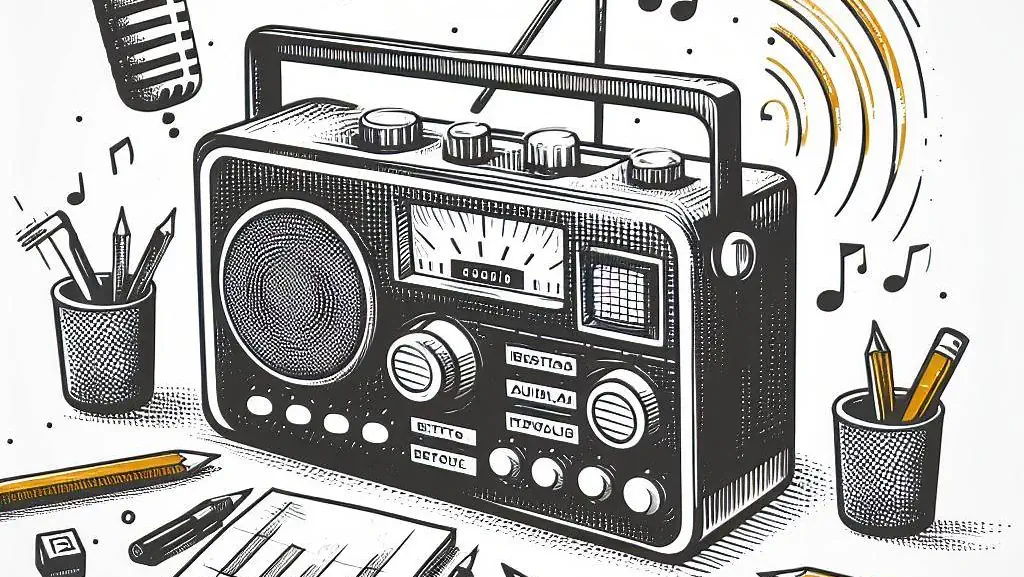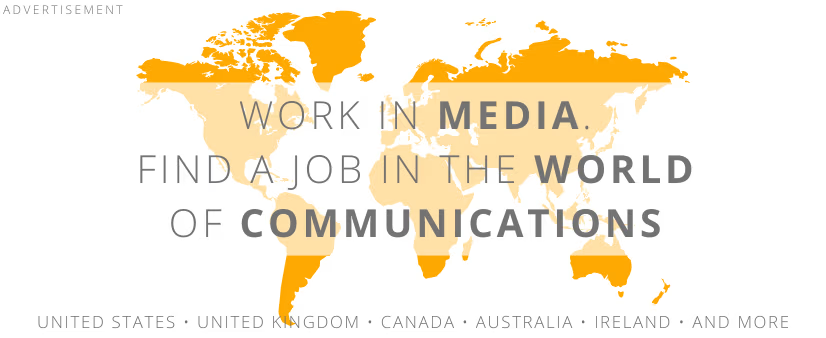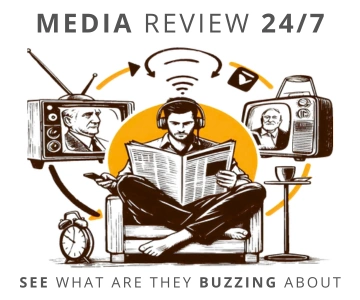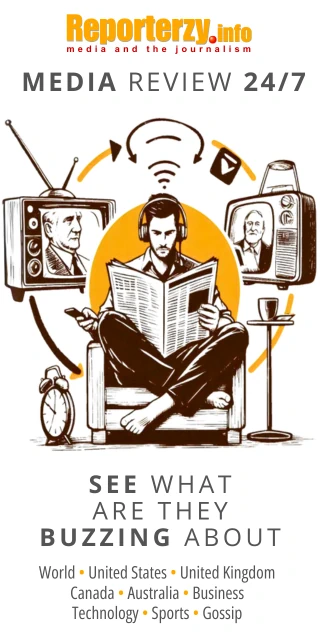 illustration: bing.com/create
illustration: bing.com/createThe latest generation of Digital Audio Broadcasting technology, known as DAB+, uses digital audio encoding to transmit radio signals. Unlike analog radio, which uses amplitude modulation (AM) or frequency modulation (FM), DAB+ uses digital frequency modulation (DFM). DFM allows for transmitting more data using the same amount of bandwidth, providing higher sound quality and better resistance to interference.
Advantages of DAB+
Higher sound quality. DAB+ offers better sound quality than analog radio. DAB+ can transmit audio at resolutions up to 24-bit/96 kHz, delivering clarity and detail unavailable with analog radio.
Better interference resistance. DAB+ is more resistant to interference than analog radio. This means cleaner and more audible sound in areas where signal interference occurs.
More features. DAB+ allows broadcasters to offer additional services, such as:
- text accompanying audio
- subtitles
- weather information
- traffic information
- news updates
Disadvantages
Hardware requirements. To listen to DAB+ radio, you need a DAB+ receiver. DAB+ receivers are available on the market but may be more expensive than analog radio receivers.
Availability. DAB+ is still in the implementation phase in many countries, including Poland. Not all radio stations offer DAB+ yet, and DAB+ coverage may be limited. According to Poland’s National Broadcasting Council:
- 94% of new cars in Europe come with built-in DAB+ digital radio
- in Poland, this percentage is 92%
DAB+ is a technology with great potential that could change the way we listen to radio. Whether it will become a universal radio standard will impact radio’s future as a medium.
Improving DAB+ receiver availability and expanding DAB+ coverage are the main challenges facing this new technology today. If successful, DAB+ could paint the future of radio in entirely new colors.
COMMERCIAL BREAK
New articles in section Media industry
Paid journalistic content. Market trends and forecasts by Reuters Institute
Krzysztof Fiedorek
Only 18 percent of internet users pay for online news access, and the rate has not increased for the third year in a row. Norway sets records with 42%, while Greece does not exceed 7%. Globally, nearly one in three subscribers cancels after a year.
Gen Alpha avoids tough topics. What young people are really looking for
Krzysztof Fiedorek
Generation Alpha prefers humor in 46% of cases, while only 12% are interested in news and political topics. Young people and children consciously limit what negatively affects their emotions - according to the report "Gen Alpha Unfiltered" published by GWI.
YouTube redefines viewer engagement. Goodbye to returning viewers
KFi
As many as 30% of internet users now turn to YouTube as their main news source, and 65% consume news in video form. Now the platform is shaking things up. Reach still matters, but engagement is what really counts.
See articles on a similar topic:
Poles on the Internet. RegionyNEXERY 2024 Report
KFi
The Internet not only connects people but also changes their daily habits in ways that seemed unattainable just a few years ago. Over 40% of Poles work remotely, and IoT devices are gaining popularity in rural areas. The #RegionyNEXERY 2024 report reveals surprising facts about the digital reality.
Women in media 2025. Editorial power knows no equality
KFi
Only 27% of editors-in-chief in the media are women, even though they make up 40% of journalists. In 9 out of 12 countries studied by the Reuters Institute, women in media are less likely to get promoted. It seems that equality in newsrooms is lagging behind broader society. And the gaps go much further.
Press Readership in Poland. The Wealthy Read Ten Times More Often
BARD
Wealthy individuals in Poland read newspapers and magazines up to ten times more frequently than the average Pole, according to a report by Polish Readership Research. They mainly read monthly magazines and dedicate about an hour per day to reading. Only 18% of people in this group do not read any press at all.
Numbers Stations in Radio. For Puzzle and Cryptography Enthusiasts
Krzysztof Fiedorek
They broadcast seemingly meaningless strings of numbers and letters, sometimes short, encrypted messages. Some even play music between coded transmissions or broadcast propaganda. For over a hundred years, number stations have puzzled radio enthusiasts and mystery hunters. What do we know about them?






























